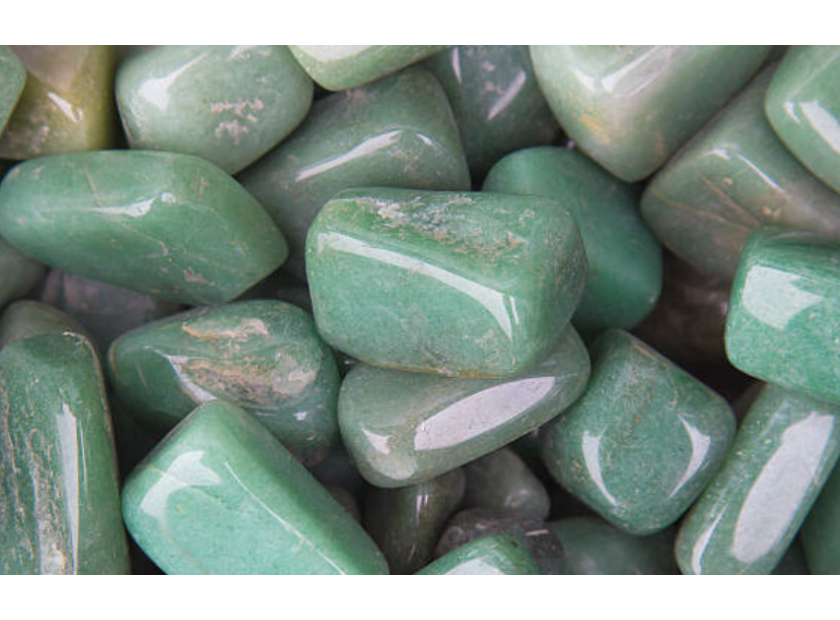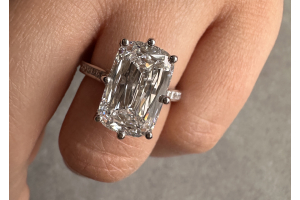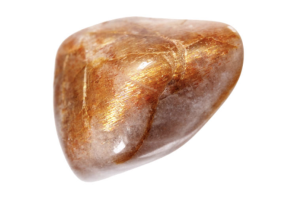GBP
/
GBP
/
Shipping to:
Currency:
Chrysoprase is a captivating gemstone, celebrated for its vibrant apple-green hue and rich history.
Whether you're a jewellery enthusiast or a collector, distinguishing genuine chrysoprase from imitations is essential.
This guide will walk you through the characteristics of authentic chrysoprase and provide practical tips to ensure you're getting the real deal.
Understanding Chrysoprase
Chrysoprase is a variety of chalcedony, a cryptocrystalline form of quartz.
Its distinctive green colour is due to trace amounts of nickel.
Unlike other green gemstones, such as emeralds that owe their colour to chromium, chrysoprase's hue ranges from a light, almost minty green to a deeper apple-green.
Historically, this gemstone has been cherished by ancient Greeks, Egyptians, and Romans for its beauty and purported healing properties.
You might also like to check out gemstone engagement rings for other captivating choices.
Key Characteristics of Genuine Chrysoprase
When evaluating chrysoprase, consider the following attributes:
- Colour Consistency: Authentic chrysoprase typically exhibits a consistent green colour, though some natural variations can occur. Be cautious of stones with overly uniform or unnatural hues, as these may be dyed imitations.
- Translucency: High-quality chrysoprase is usually translucent, allowing light to pass through softly. Opaque specimens or those with a cloudy appearance might indicate lower quality or fakes.
- Surface Texture: The surface of genuine chrysoprase should feel smooth and waxy. If the stone feels overly slick or plastic-like, it could be a synthetic substitute.
- Natural Inclusions: While top-grade chrysoprase is relatively free from inclusions, minor natural imperfections can be present. Stones that appear too flawless might be suspect.
For further insights, check out this article on how gemstones and diamonds are formed and what sets them apart.
Practical Tests for Authenticity
To further assess the authenticity of chrysoprase, you can perform the following tests:
- Hardness Test: Chrysoprase ranks between 6 and 7 on the Mohs hardness scale. This means it should resist scratches from materials with a lower hardness rating. Gently try scratching an inconspicuous area with a copper coin (hardness of about 3); it shouldn't leave a mark. However, exercise caution to avoid damaging the stone.
- Density Check: Authentic chrysoprase has a specific gravity between 2.58 and 2.64. While specialised equipment is required for precise measurement, simply holding the stone can give you a sense of its heft. Genuine chrysoprase should feel relatively heavy for its size compared to plastic or glass imitations.
- Acetone Test: Some counterfeit stones are dyed to mimic chrysoprase's colour. To test for dyes, dab a small amount of acetone (nail polish remover) on a cotton swab and gently rub it on a discreet part of the stone. If colour transfers to the swab, the stone has likely been dyed.
Considering a unique piece? Explore our collection of non-traditional engagement rings.
Distinguishing Chrysoprase from Similar Gemstones
Chrysoprase can be confused with other green gemstones. Here's how to differentiate them:
- Jade: Jade, especially jadeite, can resemble chrysoprase in colour. However, jade has a higher density (specific gravity of 3.30–3.38) compared to chrysoprase. Additionally, jade often feels colder to the touch and may exhibit a fibrous texture under magnification.
- Aventurine: This quartz variety contains shimmering inclusions, giving it a glittery effect known as aventurescence. Chrysoprase lacks this sparkle and has a more uniform colour.
- Serpentine: Often used as a jade substitute, serpentine is softer (hardness of 3–6) and can be scratched more easily than chrysoprase.
If you’re seeking other green options, you can browse our gemstone rings.
Purchasing Tips for Authentic Chrysoprase
When buying chrysoprase:
- Source Reputable Sellers: Purchase from established jewellers or dealers who provide detailed information about their gemstones.
- Request Certification: Ask for a certificate of authenticity from a recognised gemological laboratory. This document verifies the stone's identity and any treatments it may have undergone.
- Be Wary of Prices: If a deal seems too good to be true, it probably is. High-quality chrysoprase commands a fair price, so be cautious of unusually cheap offers.
Learn more about how to choose the right gem with our guide on lab-grown diamonds vs. gemstones.
Caring for Your Chrysoprase
To maintain the beauty of your chrysoprase:
- Avoid Prolonged Sun Exposure: Extended exposure to direct sunlight can cause the colour to fade.
- Keep Away from Harsh Chemicals: Chemicals like bleach or acids can damage the stone. Always remove chrysoprase jewellery before cleaning or swimming.
- Clean Gently: Use warm, soapy water and a soft cloth to clean the stone. Avoid ultrasonic cleaners, as they may cause fractures.
For more inspiration, explore our collection of diamond wedding rings.
Frequently Asked Questions
- Is chrysoprase the same as jade?
- No, chrysoprase and jade are distinct gemstones with different compositions. While they can appear similar, especially in colour, their physical properties differ.
- Can chrysoprase change colour over time?
- Yes, prolonged exposure to sunlight can cause chrysoprase to fade. It's advisable to store it away from direct light when not in use.
- Is dyed chrysoprase less valuable?
- Generally, natural, untreated chrysoprase is more valuable than dyed specimens. Treatments can affect the stone's durability and overall worth.








